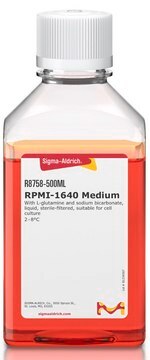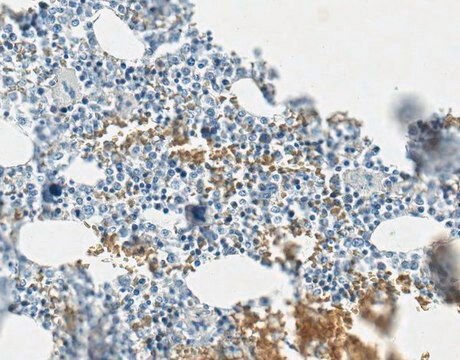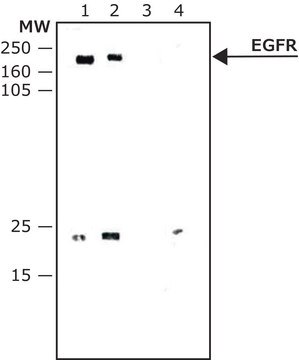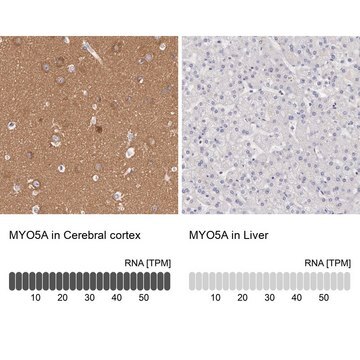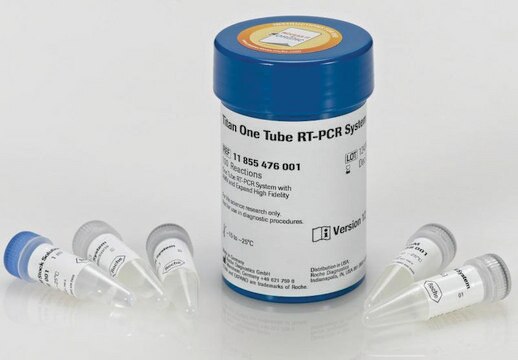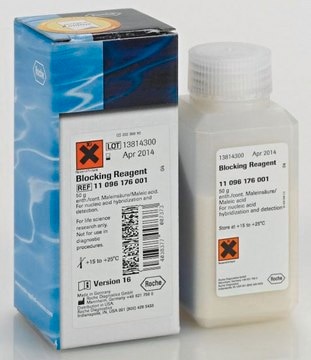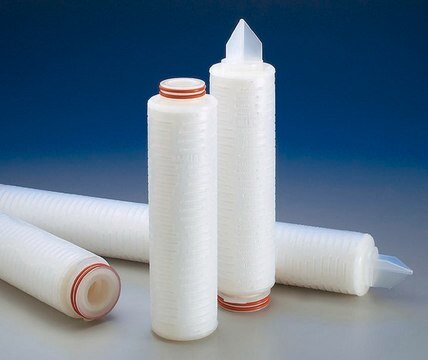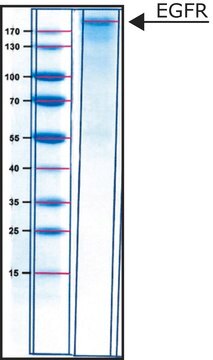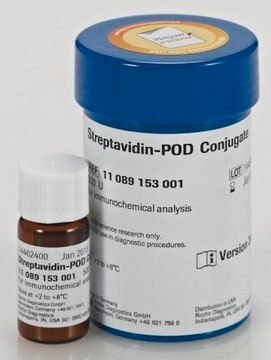E2760
Monoclonal Anti-Epidermal Growth Factor Receptor antibody produced in mouse
clone 29.1, ascites fluid
Synonym(s):
Anti-ERBB, Anti-ERBB1, Anti-ERRP, Anti-HER1, Anti-NISBD2, Anti-PIG61, Anti-mENA
About This Item
Recommended Products
biological source
mouse
Quality Level
conjugate
unconjugated
antibody form
ascites fluid
antibody product type
primary antibodies
clone
29.1, monoclonal
contains
15 mM sodium azide
species reactivity
pig, human, rat, mouse, canine
should not react with
rabbit
technique(s)
indirect ELISA: 1:10,000 using extract of the A431 cell line
western blot: 1:3,000 using extract of the A431 cell line
isotype
IgG1
UniProt accession no.
shipped in
dry ice
storage temp.
−20°C
target post-translational modification
unmodified
Gene Information
human ... EGFR(1956)
mouse ... Egfr(13649)
rat ... Egfr(24329)
Related Categories
General description
Specificity
Immunogen
Application
Immunohistochemistry (1 paper)
Western Blotting (1 paper)
- enzyme linked immunosorbent assay (ELISA)
- immunoprecipitation
- immunoaffinity
- immunohistochemistry
- western blotting
Biochem/physiol Actions
Disclaimer
Still not finding the right product?
Give our Product Selector Tool a try.
recommended
related product
WGK
nwg
Flash Point(F)
Not applicable
Flash Point(C)
Not applicable
Certificates of Analysis (COA)
Search for Certificates of Analysis (COA) by entering the products Lot/Batch Number. Lot and Batch Numbers can be found on a product’s label following the words ‘Lot’ or ‘Batch’.
Already Own This Product?
Find documentation for the products that you have recently purchased in the Document Library.
Our team of scientists has experience in all areas of research including Life Science, Material Science, Chemical Synthesis, Chromatography, Analytical and many others.
Contact Technical Service